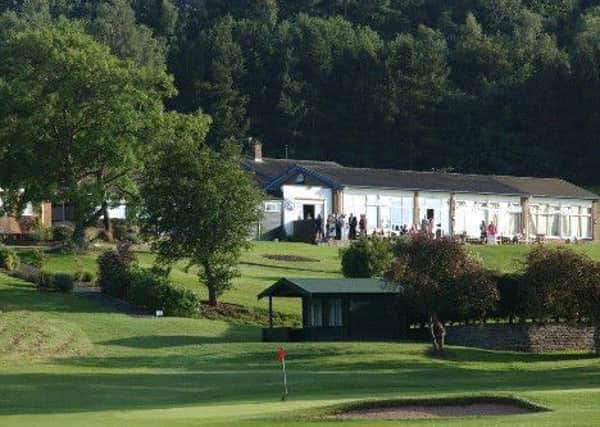Tragic tale of Leeds golfing brothers who died at the Front


Harry, Albert and William Cottrell were all playing and teaching the game professionally when they volunteered to serve, while their youngest sibling, USA-based pro Leslie, escaped the fighting as he was too young to be called up.
The four of them were taught to play by Bradford golfer Harry Fulford, who encouraged Albert, the second brother, to work as a club pro at Le Touquet in France. Six months after he arrived in 1914, war broke out and he and elder brother Harry enlisted together in the Sherwood Foresters regiment.
Advertisement
Hide AdAdvertisement
Hide AdAt the Dardanelles, Albert was wounded during a sea landing and Harry was shot dead by a sniper as he dressed his brother’s wounds. A second shot killed Albert.
The third brother, William, has been the pro at Otley Golf Club and played in The Open in 1913 before deciding to emigrate to the USA, where he was based at the Plymouth Country Club in Massachusetts. He volunteered with American forces in 1917 and was killed just a month before the war ended, aged 27.
The family were among the seven per cent of the PGA’s membership who lost their lives in the conflict, and their names will now appear on a memorial at the association’s national HQ. Former PGA chairman Dr Phil Weaver OBE is currently researching the stories of professional golfers killed on active service.
Eleven pros died at the Battle of the Somme alone, and he has now identified 51 PGA-registered players who did not return home.
Advertisement
Hide AdAdvertisement
Hide Ad“The Association had 840 members in 1913, the year before the war started, so that’s seven per cent of the membership who were killed in the conflict,” he said.
Dr Weaver used the only surviving copy of the 1913 membership list to begin his research.
“All of the PGA’s records, lists of members, minutes of meetings and the like were stored at Ethelburga House, London, and destroyed when the building was bombed during World War Two,” he explained.
“If I had PGA documents from that period I feel sure there would have been a list, establishing who had been killed in the war and enabling me to conduct a far more straightforward process.”
Advertisement
Hide AdAdvertisement
Hide AdThe destruction of the paperwork means Dr Weaver has had to turn detective and trawl a variety of sources for information, including the archives of Golf Monthly. He also plans to write to the soldiers’ home golf clubs to ask for more information about their pre-war careers.
“Not only are they fascinating but digging them out is addictive. Aside from the terrible waste of life, one thing that stands out is that so many of our members who perished were very young, some no more than boys.
“It’s important the PGA remembers those who made the ultimate sacrifice so we’re determined and committed to identify those of our own who went to war and never returned.”